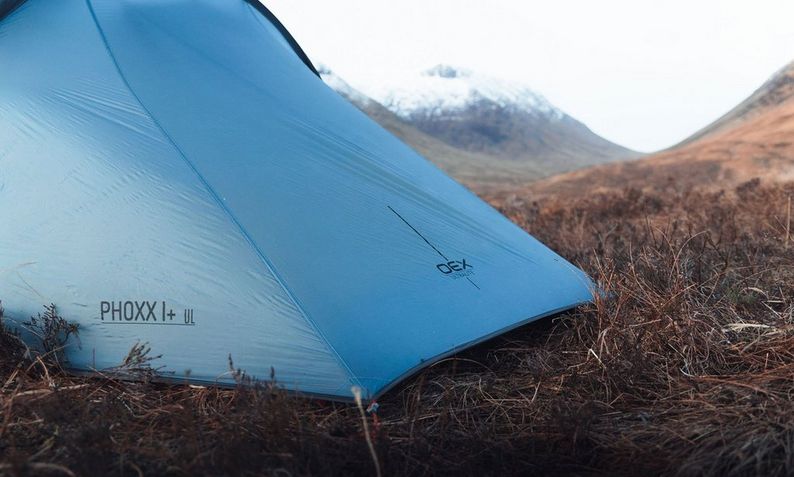Between 1850 and 1950, as mass industrialisation and conflict changed British society, outdoor leisure became part of the Nation's fabric. This is a brief story about how trailblazing mountaineers inspired the public to get outdoors and how forward-thinking businesses, including Blacks, created products that made outdoor adventures possible for everyone.
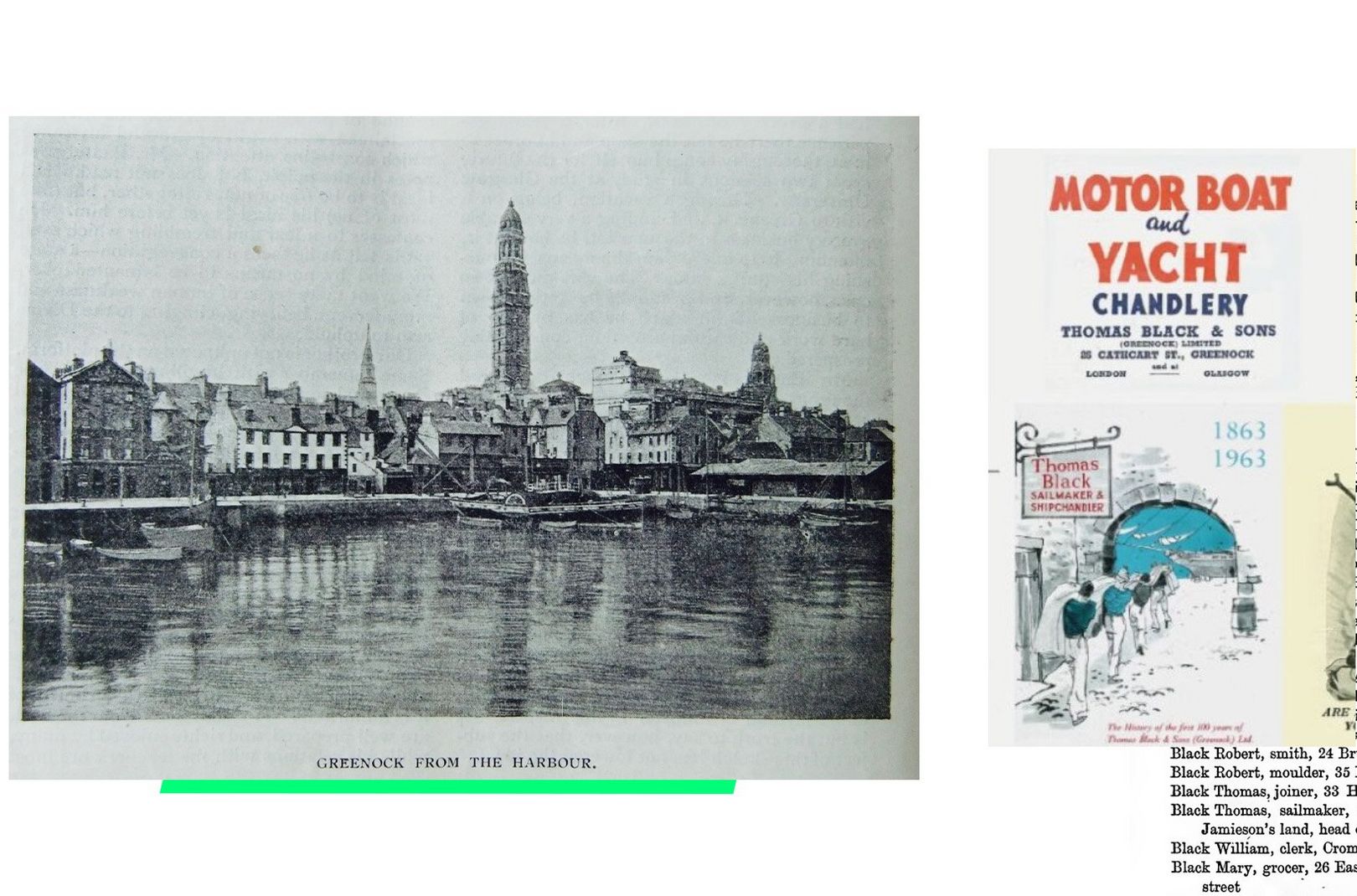
A Sailmaker from Greenock
Blacks began life on the banks of the River Clyde in Greenock, a shipbuilding town 20 miles west of Glasgow. Greenock was at one point a successful mercantile town that had become wealthy from the sugar and slave trades, both of which required ships... lots of ships. Ships needed sails and in 1861, Thomas Black, an adventurer turned businessperson, founded Blacks of Greenock, a sailmaker.
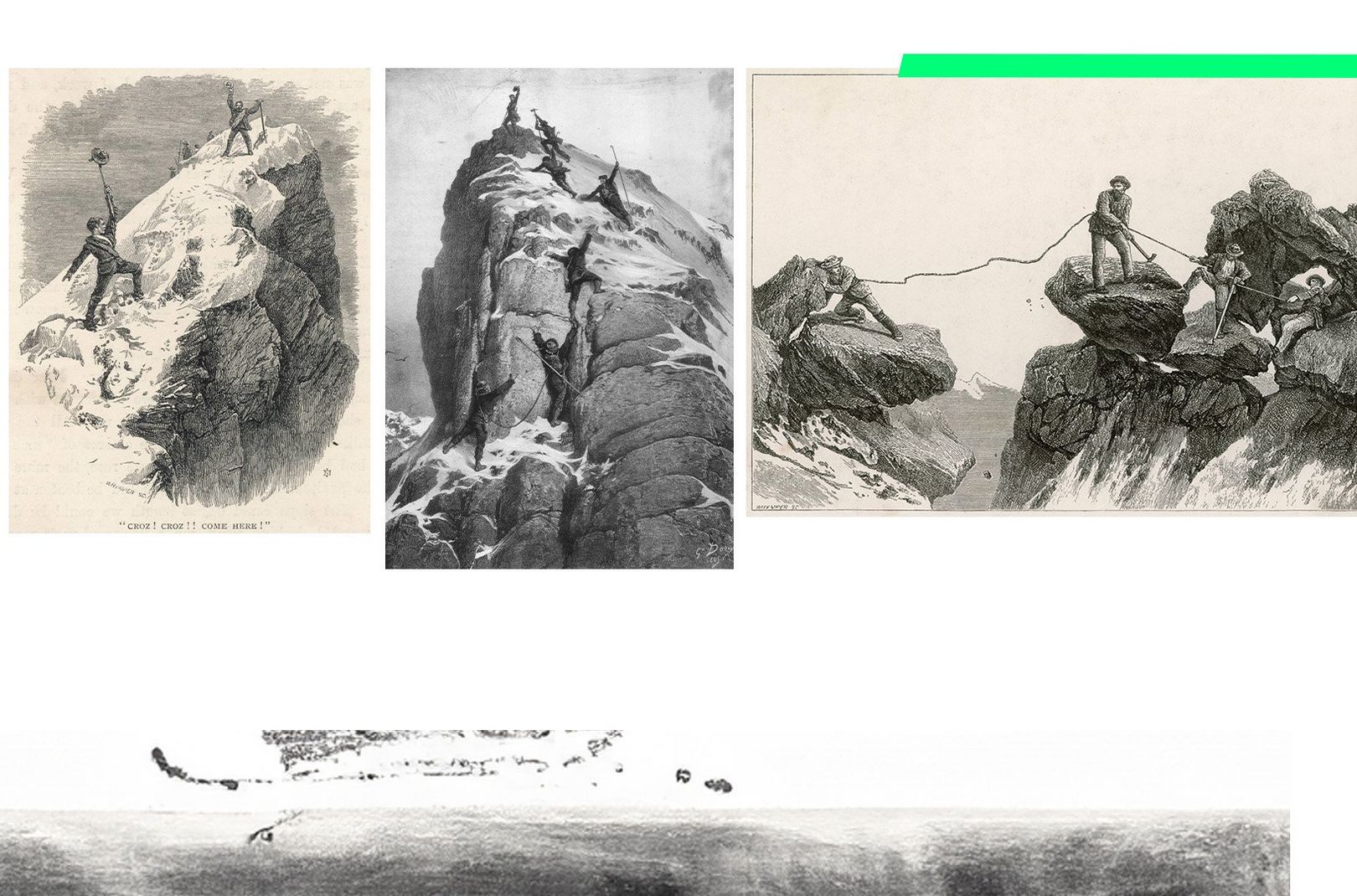
The Golden Age of Alpinism
While Thomas set up his fledgling business, Britain embarked on an era of great adventure. By the middle of the 19th century, railways made it possible to travel to the Alps in a matter of days, instead of weeks. Young men, inspired by stories from the Royal Navy's earlier exploration of the Arctic in search of the Northwest Passage, flooded into the Alps seeking their own adventures in Europe's towering, unclimbed peaks. The period between 1850 and 1865 became known as the "Golden Age of Alpinism" because of the sheer number of first Alpine ascents bagged by British climbers during this time.
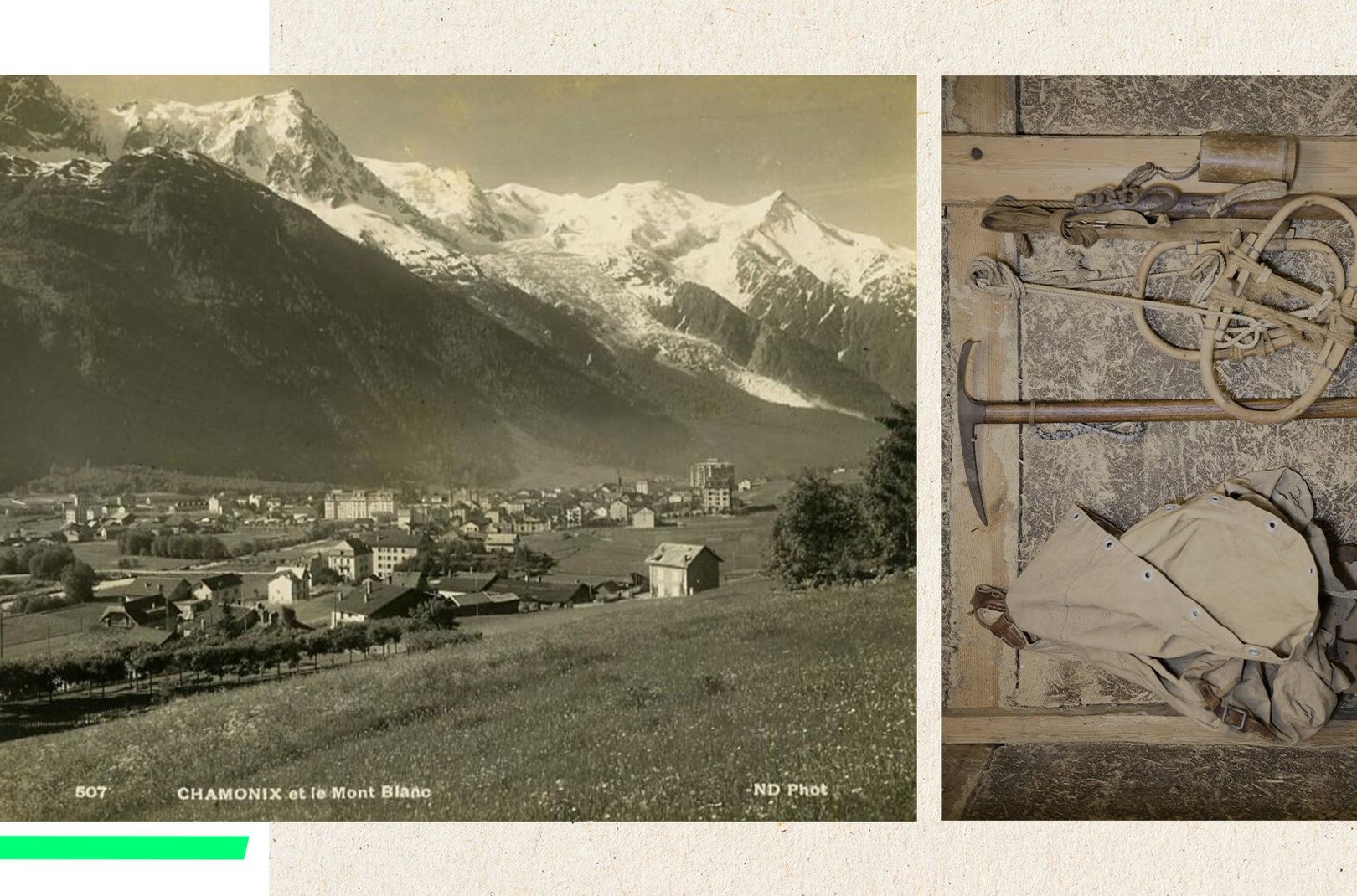
The Original Equipment Innovators
The development of outdoor equipment benefitted greatly from the boom in mountaineering and the formation of outdoors societies around this time. Established in 1867, the Alpine Club in London brought climbers together, allowing them to form climbing partnership and share information about climbing objectives and equipment. Mountaineers of the time were practical men; through their extended networks of friends and acquaintances, they were often able to source equipment to aid their endeavours. Two such men were Edward Whymper and Fred Mummery whose lightweight and practical tents were crucial to progress in mountain exploration.
Small, specialist manufacturers of climbing equipment, such as ropes and ice axes, began popping up in the towns and cities surrounding the Alps to cater to mountaineers' needs too. Simond was one of the first. The blacksmith, located in Chamonix at the base of Mont Blanc, pivoted to manufacturing mountaineering equipment. The constant stream of climbers into the region meant lots of customers and vital feedback to quickly improve designs.
And, while camping and mountaineering equipment was being improved and commercialised the fabrics used in outdoor clothing evolved too. Even then, mountaineers understood that breathable fabrics outperformed the watertight rubberised fabrics used in Macintoshes during physical exertion. Burberry and Aquascutum, these days associated more with luxury fashion than performance clothing, developed waterproof(ish) wool gabardines (a dense wool twill) that offered some protection from the elements and breathability. And, by the 1930s, the Northwest's cotton mills were innovating too: Haythornthwaite & Sons of Burnley, developed Grenfell Cotton, a dense, 600 thread-per-inch fabric that would swell when wet to stop water ingress. The fabric's development was inspired by the feedback of Sir Wilfred Grenfell, a British medical missionary whose work exposed him to the harsh winter environment of Newfoundland.
Suitable alternatives to cotton and wool were not available to mountaineers until the development of synthetic fabrics by DuPont and the later invention of breathable membranes in the 50s and 60s.

Blacks Backs a Winner
In the final years of the 19th century, Britain was becoming more mobile. The invention of the pneumatic bicycle tyre in 1888 and the affordability of mass-produced bicycles, made ownership possible for all. Bicycles were rolling out of factories in the Midlands in huge quantities, allowing more and more people to reach the outdoors from Britain's busy industrial centres. This meant more people discovering climbing and walking.
Mobility wasn't the only force driving participation in outdoor activities, the Scouts, an organisation which would ultimately introduce hundreds of thousands of young men to the joys of camping and the Great Outdoors, was founded in 1908 by Robert Baden-Powell. By 1913, just five years later, the organisation had more than 150,000 members. Its importance in popularising camping and other outdoors activities time cannot be understated.
As the 20th century began, participation in outdoor leisure activities was on the cusp of a boom. Against this backdrop, a handful of specialist outdoor retailers began opening their doors. For savvy entrepreneurs, there was clearly an opportunity. In 1905, Thomas Black died, and the business was inherited by his son, also Thomas. With steam powered shipping ruining the sail business and the outdoors movement gaining momentum, Thomas saw an opportunity in making canvas tents, which required many of the same skills as sail making.
The onset of the First World War in 1914 filled Blacks' order books with tent orders for the war effort. During the following interwar years in Britain, wages doubled, working hours reduced, and the cost of train travel fell too, giving people more leisure time and the means to enjoy it. The previous trickle of walkers and climbers from the North's industrial towns into the Peak District became a torrent, and they needed suitable equipment and clothing for the adventures.
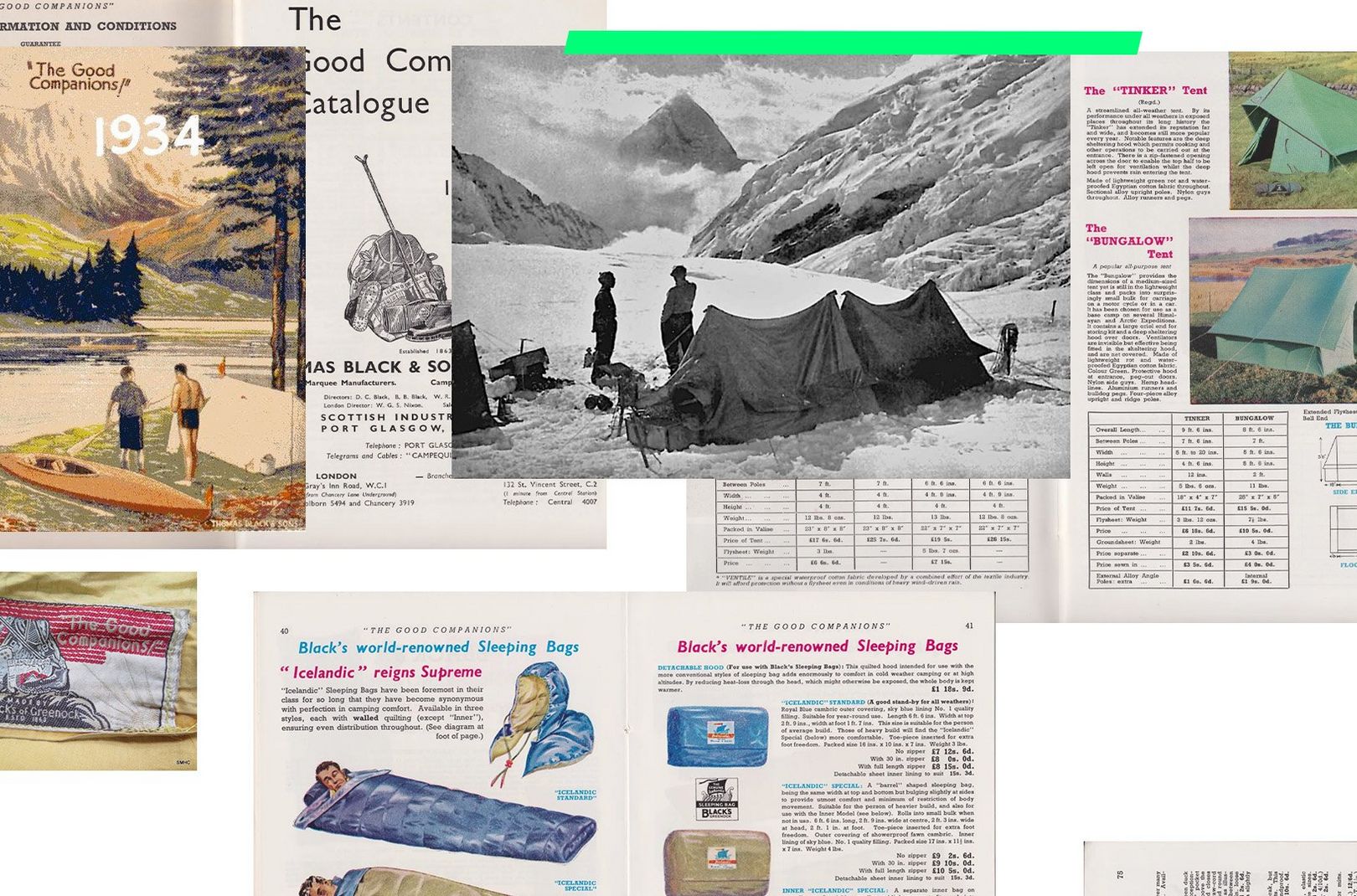
The Outdoor Powerhouse
In 1928, fuelled by growing demand for its products, Blacks began expanding its footprint by opening its first English premises in London. Camping holidays using lightweight tents were becoming increasingly popular and the Blacks family were avid campers. This afforded the new company chairman, Crawford Black, a good understanding of the camping market and its participants' needs and wants.
Under the leadership of Crawford, Blacks became a successful player in the outdoor market. For one, its product strategy was more inclusive and comprehensive than its competitors: Blacks offered a mix of own brand products, manufactured in its own factory, alongside established brands, such as Bergans. Its range offered products to suit different budgets. Secondly, it retailed from a growing network of Blacks stores which offered customers great service and more flexible purchase terms than its competitors. And, in 1931, with the launch of a catalogue called "The Good Companions" its marketing became effective too. The Good Companions' eye-catching, full colour covers and informative contents, proved a great way to market Blacks' growing range of products and educate the British public on the benefits of outdoor equipment. These were the ingredients that made Blacks the dominant player in UK outdoors retail for a significant stretch. So prevalent and highly regarded was Blacks equipment that it accompanied many of the century's most legendary expeditions. We even supplied tents to the 1953 British Everest Expedition team!
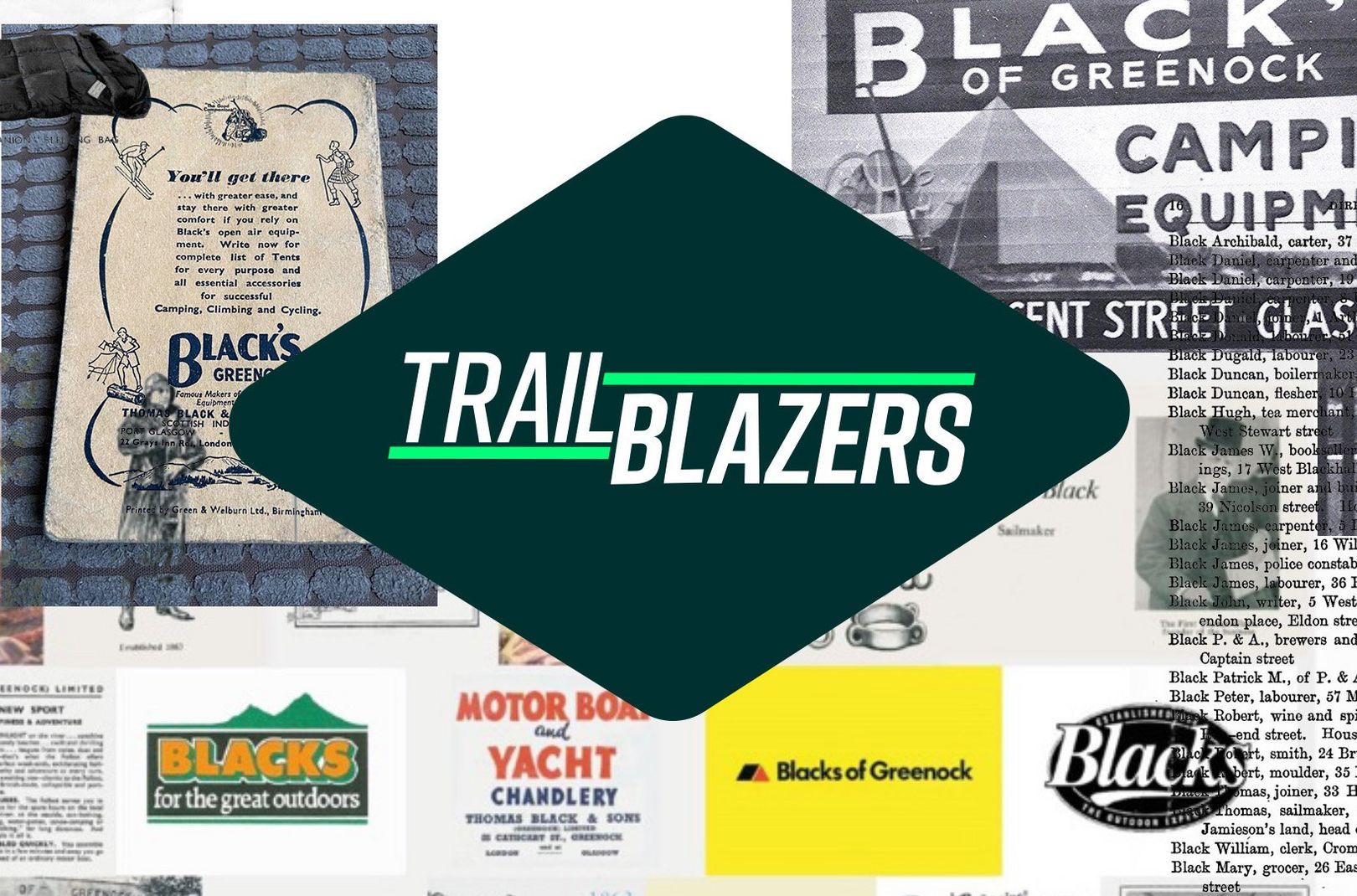
Pride in Our Achievements
This year Blacks turns 163 years old. Few businesses have stories so entwined British history. We are proud of Blacks contribution to the progress of outdoors leisure and equipment in the UK. We are proud to have outfitted many of the trailblazing mountaineers and explorers whose incredible achievements inspired the British public to embrace the outdoors too.
Credits
This article was researched from the wonderful book "Invisible on Everest – Innovation and the Gear Makers" written by Mike Parsons and Mary B. Rose and published in 2003. It is a must-have for every outdoor fan.


